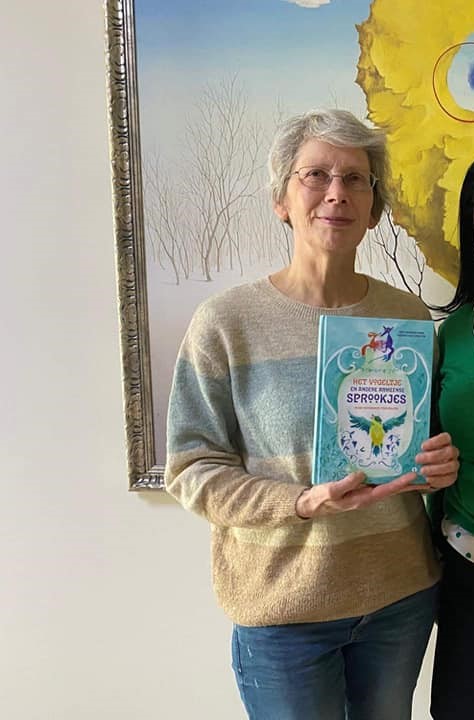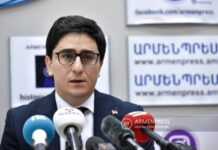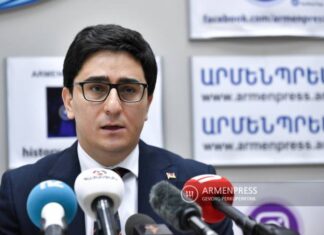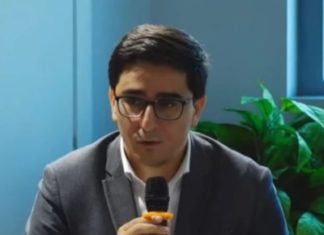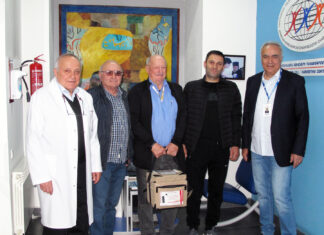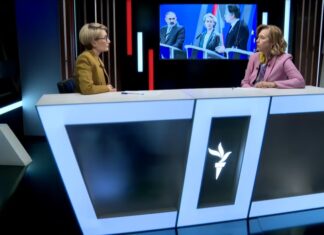YEREVAN — Dutch translator Anna Maria Mattaar speaks Armenian without any effort and without a foreign accent. She is one of those rare Armenian-speaking non Armenians, who translates not only from Armenian into their native languages, but also from other languages (in this case, from Dutch and English) into Armenian. In the person of Anna Maria, we have a tireless devotee to Armenian literature and culture in the Netherlands.
Mattaar lives in Hellevoetsluis and visits Armenia every year. My conversation with her took place during her last visit to Armenia last October.
Anna jan, welcome to Armenia again. Surely you no longer know how many times you have been to Armenia.
I really do not know, Artsvi jan. I first came to Armenia in 1999 with my Armenian husband and three children. At that time, I only knew a few words in Armenian. Gradually I learned on my own and then started translating into Armenian. Before that I was translating from Spanish to Dutch.
How many books have you translated from Armenian so far?
I have only three Dutch translated Armenian books. The first one was Nairi Zaryan’s David of Sassoun, which was republished five years after its publication. This is how my activity started. After that, a collection of poems by contemporary Armenian poet Vahe Arsen and recently Hovhannes Tumanyan’s fairy tales with illustrations by a Dutch artist were published in my Dutch translation. It is a very nice book and it sells well.



